- The population is getting old and it is a worldwide phenomenon – but as the headline picture suggests it is becoming out of control – “The Silver Tsunami” – and according to the WHO report on Aging (2015), no country in the world will be able to deal with the growing senior population with today’s tools and means.
- This article aims to raise awareness on skin problems in the elderly which are often unrecognized due to poor awareness by the caregivers or the patients themselves.
- When it comes to skin problems, it is not an overstatement to talk about epidemic proportions…indeed in the US, half of those over 65 have a skin condition (mean: 2.2 conditions). In a study from New Zealand, in around 90 patients aged 87 on average, 30% of patients had at least one condition and 27% had 2.
- The 5 most frequent conditions were (in descending order):
- Onychomycosis: 47.7%
- Basal Cell Carcinoma (BCC): 14.8%
- Asteatotic Eczema (Eczema Craquelé): 12.5%
- Candida/Intertrigo: 10.2%
- Squamous Cell Carcinoma in Situ (Bowen’s Disease): 10.2%
- Other conditions measured included Infections, Inflammatory Conditions, Solar Damage and Skin Cancer.
- There are also practical problems when examining the elderly related to mobility, pain and disability issues.
- Treatment is a problem and this is largely due to compliance issues. Indeed the elderly often have multiple treatments for medical reasons and additionally cognitive difficulties may also be present. A few facts below illustrate the problem:
- “Fewer than than 50% of patients adhere to the prescribed treatment everyday until the following appointment. This drops to 20% after 3 weeks after the appointment visit.”
- “Adherence to creams (topicals) is worse than tablets (oral).
- “Patient-reported adherence is unreliable.”
- “If more than 5 medications are prescribed overall, no one fills the prescription at the pharmacy.”
- “Fewer than than 50% of patients adhere to the prescribed treatment everyday until the following appointment. This drops to 20% after 3 weeks after the appointment visit.”
- Last but not least is not only to maintain the effectiveness to recognize skin problems, but then also to broaden the discussion to the quality of care provided by caregivers. Indeed with a reduction of the active population count together with an increase in the population of seniors, a large increase in mistreatment of the elderly, generally speaking is projected.
- With regards to this, society might have to need to to adopt a more pragmatic attitude towards overwhelmed caregivers…For now: suspicions of abuse should be reported to the local adult protective services which can investigate in an anonymous fashion (US). For the future, caregivers may have the possibility of anonymously reporting their behavior digitally (US).
- This also needs to be matched with effective primary prevention strategies and early detection (adequate training of physicians during residency).
- Aging of the population is arriving like a tsunami, and I hope that this short article will make everyone aware of the need to find practical solutions to it, for the benefit of all.
Source of information: Presentation by Chang A.L.S, MD. “Common geriatric issues that patients and their caregivers may not recognize or are too afraid to talk about.” American Academy of Dermatology Annual Meeting 2017 in Orlando, USA.







